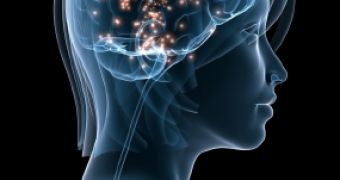Those who find it terribly frustrating not to remember the content of their own dreams will probably be glad to hear that one team of Japanese researchers now claim to have figured out a way to use a computer and brain scans in order to pin down some of the things that people dream about.
The dream-reading machine reportedly created together by these scientists is able to partly make head and tail of the content of one's dreams because, whether a person is awake or asleep, certain objects are linked to specific patterns of brain activity.
Thus, the scientists first sent three volunteers to sleep and a computer was made to record their sleeping brain activity patterns, Science News says.
During this stage of the research, the volunteers were repeatedly woken up by the researchers and asked to explain what they had been dreaming about just a few moments back.
Eventually, several distinct categories (eg. street, furniture and girl) and several brain activity patterns were identified and documented.
Later on, the volunteers were shown pictures of objects belonging to one of these categories and a new set of brain activity patterns was pieced together. This time, the brain patterns were associated with the objects.
Eventually, a computer was made to review the patterns collected during the first stage of the experiment (i.e. while the volunteers were sleeping), and link most of them to their corresponding objects.
By the looks of it, the computer had an efficiency rate of an average 70% when the time came for it to guess which objects the volunteers had dreamt about.
“Our findings demonstrate that specific visual experience during sleep is represented by brain activity patterns shared by stimulus perception, providing a means to uncover subjective contents of dreaming using objective neural measurement,” the researchers write in their paper.
“It’s striking work. It’s a demonstration that brain activity during dreaming is very similar to activity during wakefulness,” stated cognitive psychologist Frank Tong of Vanderbilt University in Nashville, who did not take part in this research.

 14 DAY TRIAL //
14 DAY TRIAL //